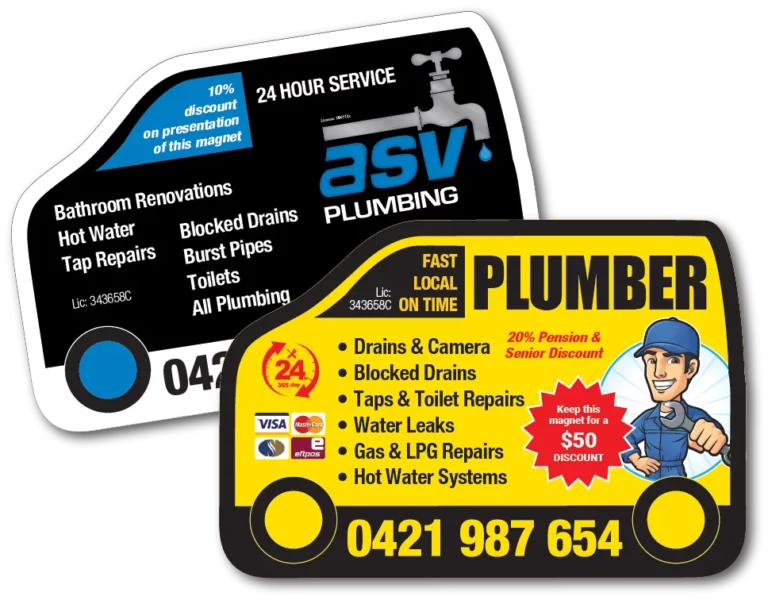Dental implants are a long-term solution for replacing missing teeth, offering durability, functionality, and a natural appearance. But one of the most common questions patients ask after their procedure is: How soon can I eat? Eating too soon or choosing the wrong foods can impact healing, so knowing the proper timeline is essential.
Why Eating Carefully After a Dental Implant Matters
The success of your dental implant depends on a process called osseointegration, where the implant fuses with your jawbone. Eating improperly during the early stages can disrupt the implant site, increase discomfort, and slow recovery. Your oral surgeon or dentist will give you personalized dietary guidelines to help you heal efficiently.
If you’ve chosen top-rated dental implants in San Jose, you can expect your dentist to provide a clear recovery plan that includes eating recommendations tailored to your needs. Following these instructions is just as important as the surgery itself for achieving the top long-term results.
When Can You Eat After a Dental Implant?
First 24 Hours: Stick to Liquids
On the first day after surgery, focus on cold or room-temperature liquids such as smoothies, broth, or milkshakes. Avoid hot drinks, as they can increase swelling and bleeding.
24–48 Hours: Transition to Soft Foods
Within the second day, you can slowly introduce soft foods like yogurt, applesauce, mashed potatoes, and scrambled eggs. These provide nutrition without straining the surgical site.
First Week: Gradual Variety
During the first week, continue eating soft foods while gradually expanding your options. Avoid crunchy, sticky, or spicy items that may irritate the implant area.
2–6 Weeks: Softer Side of Normal Eating
By this stage, gum tissue will be healing, but osseointegration is still ongoing. You can eat a more varied diet, but you should still avoid chewing directly on the implant site.
After Complete Healing: Normal Diet
Once your implant has fully integrated with the jawbone and your permanent crown is placed, you can return to your regular diet, with the added benefit of having a stable, natural-feeling tooth replacement.
Foods to Avoid After a Dental Implant
- Hard foods (nuts, raw carrots) can stress the implant
- Sticky foods (caramel, chewing gum) that may pull at the implant site
- Spicy or acidic foods that may irritate gums
- Hot beverages during the first few days
The Role of Your Local Dentist in Recovery
A skilled dentist in San Jose will monitor your healing process and adjust your dietary recommendations as needed. They can also identify any issues early, ensuring your implant integrates properly and your recovery stays on track. Having a local professional makes it easier to attend follow-up visits, which are crucial for long-term implant success.
Tips for Eating Comfortably During Recovery
- Use the opposite side of your mouth for chewing during the early stages.
- Cut food into smaller pieces to reduce pressure.
- Maintain proper oral hygiene while avoiding direct brushing of the implant site initially.
- Stay hydrated to support overall healing.
When to Call Your Dentist
If you experience persistent pain, swelling that worsens, difficulty swallowing, or signs of infection such as fever or discharge, contact your dentist immediately. Early intervention can prevent complications and protect your investment in your implants.
Conclusion:
Eating after a dental implant isn’t just about comfort; it’s about protecting your new tooth replacement during a delicate healing phase. By following your dentist’s dietary guidance and being patient with the process, you’ll enjoy the full benefits of your implant for years to come.



